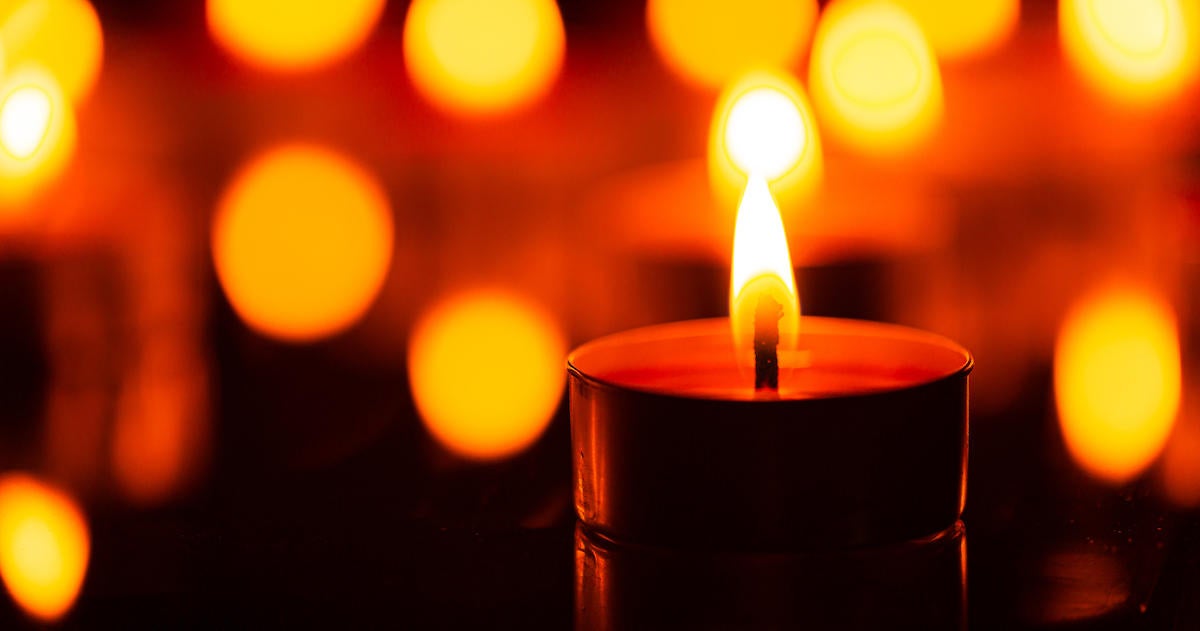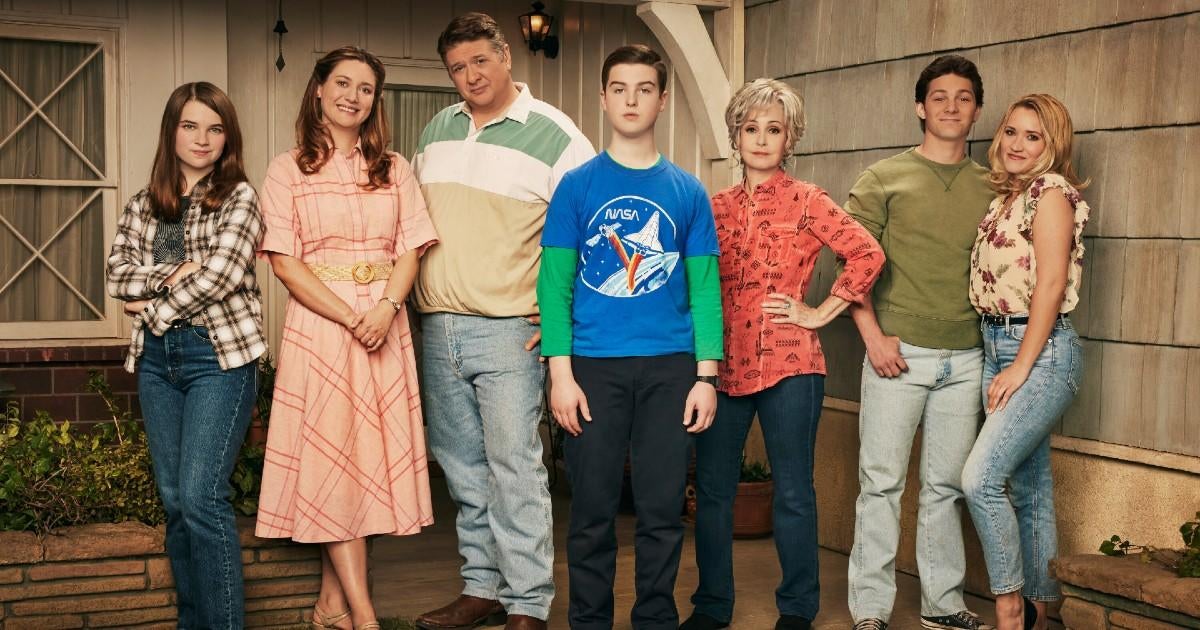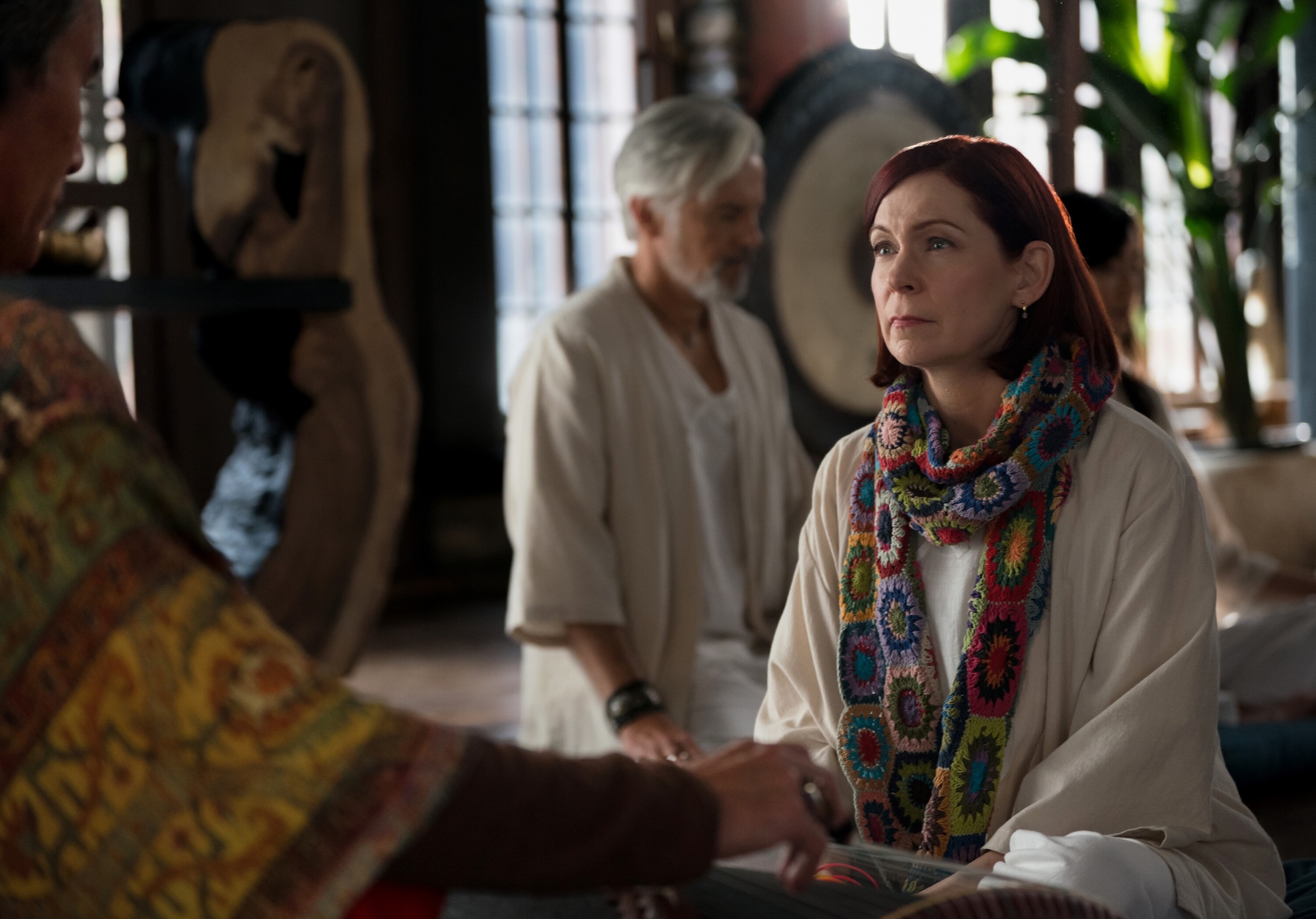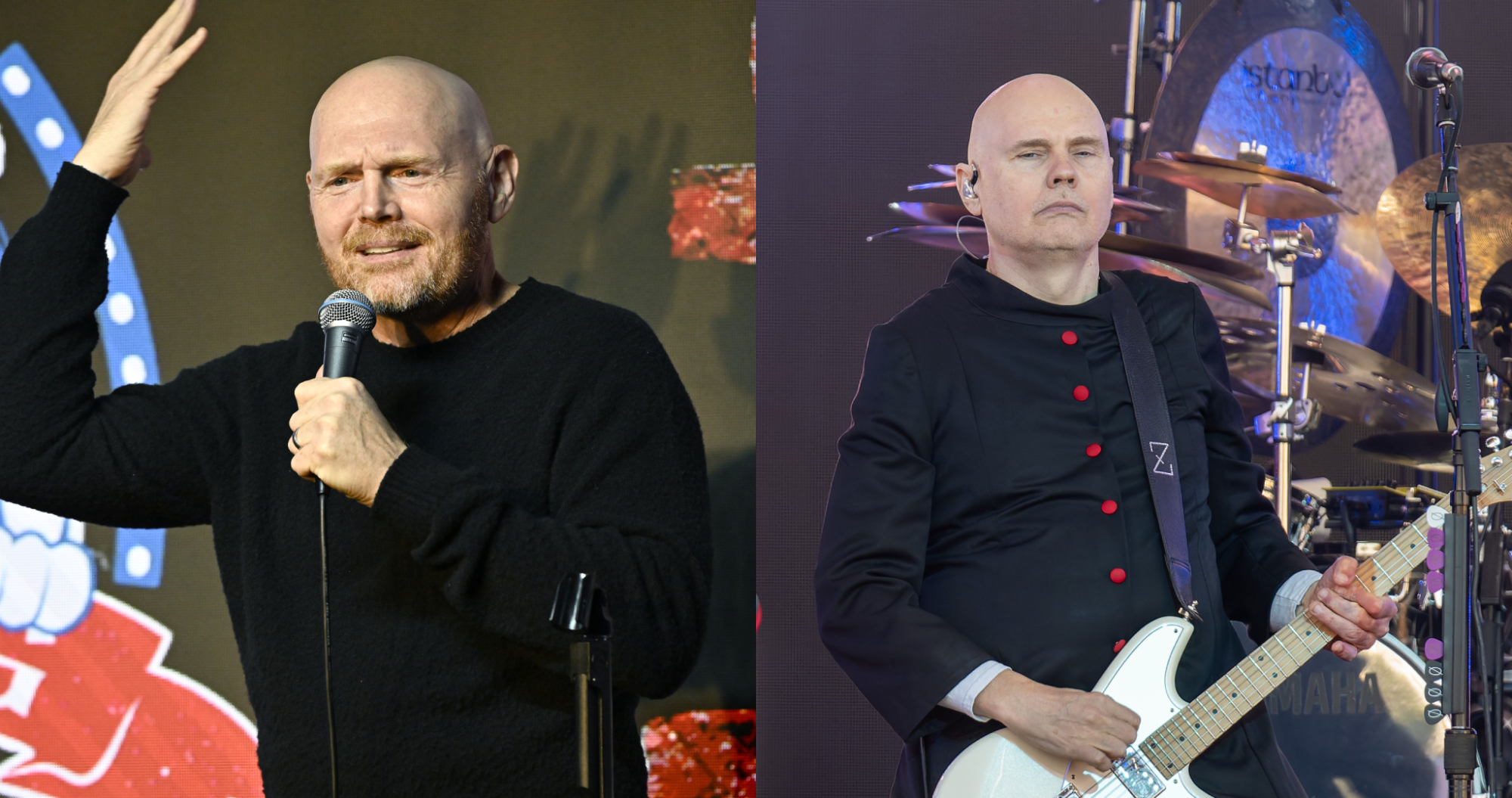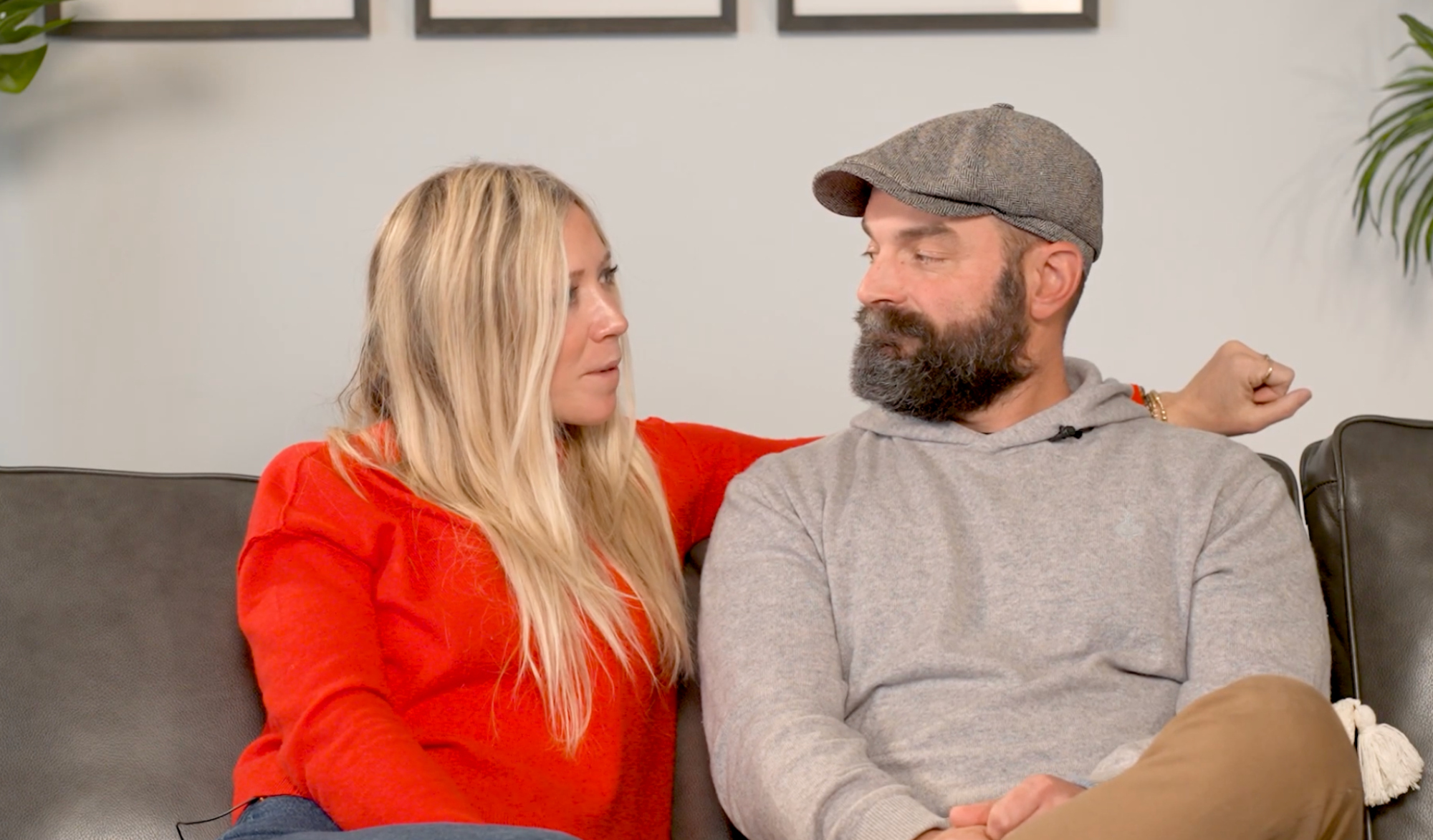‘The Crow’ Endures as a Testament to Brandon Lee’s Untapped Potential
We’re nearing a decade since John Wick was released in theaters, and the movie’s impact is still there for all to see. It spawned a franchise that’s four films strong, with an Ana de Armas–led spinoff on the way. (Let’s just pretend the Continental miniseries never happened; its action scenes are the cinematic equivalent of a Motel 6.) Playing the title character, Keanu Reeves revitalized his career while one-upping himself in the stunt department with each sequel, capping it off by learning car-fu in John Wick: Chapter 4. (Whoa, indeed.) But John Wick’s influence stretches far past the franchise: Its intricate world-building and fight choreography, itself heavily indebted to Hong Kong martial arts movies, has led to a slew of imitators in Hollywood. Some knockoffs are good (Atomic Blonde), and others are bad (Polar, Hotel Artemis), but none can hold a candle to the Baba Yaga. So when the first trailer for the Crow reboot dropped in March, you could forgive the internet for not exactly embracing the movie with open arms.
Let’s cut to the chase: The vibes are off here. As the eponymous vigilante, Bill Skarsgard—coincidentally a John Wick alum—looks like a composite of Jared Leto’s Joker and every white SoundCloud rapper hounding you to check out their mixtape. The director is Rupert Sanders, whose previous credits (Snow White and the Huntsman, Ghost in the Shell) aren’t nearly as memorable as his old tabloid fodder. But the biggest problem with the Crow reboot is that it exists in the first place, coming out 30 years after the original film became a somber, atmospheric cult hit steeped in real-life tragedy. For anyone who appreciates The Crow’s grungy idiosyncrasies and the lead performance from the late Brandon Lee, the modern update feels less like a revival than a desecration of its predecessor’s legacy.
Long before the Marvel Cinematic Universe, Tim Burton helped launch a comic book boon of his own. In the wake of 1989’s Batman, Hollywood went all in on comic book adaptations throughout the ’90s, including three Batman sequels, The Rocketeer, Dick Tracy, Darkman, Judge Dredd, Teenage Mutant Ninja Turtles, and Blade. Not all of these movies were winners: Burton’s Batman Returns was the only good Bat-sequel of its era; Judge Dredd is widely considered one of the lowest points of Sylvester Stallone’s career; a completed Fantastic Four film was shelved, though true masochists can watch the entire thing on YouTube. As for The Crow, two movies in particular paved the way for its release: Burton’s Batman proved that there was an appetite for the kind of gritty superhero stories associated with the works of Frank Miller, while Sam Raimi’s appropriately named Darkman showed that an R rating wouldn’t deter audiences.
Based on the comic book series of the same name by James O’Barr, who created the comic as a way to cope with the death of his fiancée at the hands of a drunk driver, The Crow takes place in a bleak, crime-ridden Detroit—part Gotham City, part urban hellscape à la Se7en that exists in a perpetual state of darkness. (In other words, it’s basically what some Fox News viewers believe actual major metropolitan areas are like.) On Devil’s Night, Halloween eve, former rock guitarist Eric Draven (Lee; son of Bruce Lee) and his fiancée, Shelly Webster (Sofia Shinas), are murdered by a group of thugs after the couple protested forced evictions in their building. One year later, Eric is risen from the dead by a mystical crow—just go with it—who imbues him with supernatural healing powers to avenge Shelly’s murder.
Plot-wise, The Crow is like an inverted slasher flick, following a hunter as he systematically eliminates his prey. The ways in which Eric takes down the men responsible for killing his fiancée are fiendishly clever, ranging from jabbing someone’s entire chest with morphine needles to sending a dude and his car exploding into a river. If you’re in the right mood, it’s a gnarly, cathartic expression of rage. For what it’s worth, the Bat-Signal walked so the Crow-Signal could run:
:no_upscale()/cdn.vox-cdn.com/uploads/chorus_asset/file/25581912/image_6.png)
The Crow’s biggest selling point, however, is how much it feels like an artifact of its time. There are far better ’90s movies, but I’d argue it’s one of the most ’90s movies. Practically every character is decked out in goth attire that looks like it was taken right off the rack at a Hot Topic. The soundtrack is a who’s who of ’90s alt-rock, featuring Nine Inch Nails (covering Joy Division’s “Dead Souls”), the Cure, Stone Temple Pilots, Rage Against the Machine, and so on. (The accompanying album reached the top of the Billboard 200.) The movie, in turn, became both a reflection of Gen X malaise and a sign that grunge was further entering the mainstream. (The Crow was released one month after Kurt Cobain, the patron saint of grunge, died by suicide.)
Of course, The Crow is best remembered for the shocking tragedy that befell its star. Toward the end of the shoot, Lee was filming a scene that involved being shot with a prop gun. The gun wasn’t properly checked and cleared, and Lee was shot with a dummy bullet in the abdomen—he would later die in the hospital. After shutting down production for six weeks, The Crow resumed filming with the blessing of Lee’s family. Director Alex Proyas and screenwriters David J. Schow and John Shirley omitted all the scenes with the Skull Cowboy (Michael Berryman), Eric’s spirit guide, while stunt double Chad Stahelski—yes, that Chad Stahelski—was used as a stand-in for Lee’s unfinished scenes. The process involved some of the earliest use of digital face replacement, which, in more recent years, was utilized in Furious 7 following Paul Walker’s death.
Try as it might, you can tell The Crow isn’t quite the finished article—without Lee’s full involvement, the film is closer to a promising first draft. But those shortcomings take nothing away from Lee’s performance; if anything, it feels even more striking due to the tragic circumstances around his death. The “real” Eric Draven barely appears in the movie; instead, we spend the vast majority of the running time with the Crow, his restless spirit driven by vengeance. (It’s quite eerie that Eric’s death scene happens to be Lee’s final moments filming The Crow, too.) Just as the Crow haunts the movie, so does Lee’s powerhouse performance. Emotionally affecting and occasionally funny, Lee carries The Crow, and his performance suggests that, in another universe, his career to action stardom might’ve reached the peak of someone like Reeves.
As it stands, The Crow endures as a testament to Lee’s untapped potential: As with his father, we can only wonder what he could’ve accomplished later in life. And because Lee’s filmography ended up being so minimal—The Crow was just his fifth feature film—the late actor has long become synonymous with the character, the two intertwined by tragedy. Within that context, it already felt ill-considered for The Crow to spawn three sequels in the late ’90s and early aughts (City of Angels, Salvation, and Wicked Prayer), to say nothing of the fact that each movie was critically reviled. (Salvation and Wicked Prayer went direct to video, which tells you everything you need to know about the franchise’s swift fall from grace.)
Alas, Hollywood’s gonna Hollywood, and The Crow is yet another piece of comic book IP revived for modern times. And while the Crow reboot, like any film, ought to be viewed with an open mind, it’s hard not to feel like the franchise should have ended with the original film’s send-off. At the end of The Crow, Eric’s vengeance has been inflicted upon Detroit’s criminal underworld, and he visits Shelly’s grave. Her spirit appears before him, signaling to Eric that his soul can finally rest with a tender kiss. It’s a poignant parting image for The Crow—and an actor taken from us far too soon.


